
TO WATCH: “ONE TO ONE” BY KEVIN MACDONALD
This documentary feels like reliving a time through the eyes of Ono and Lennon.
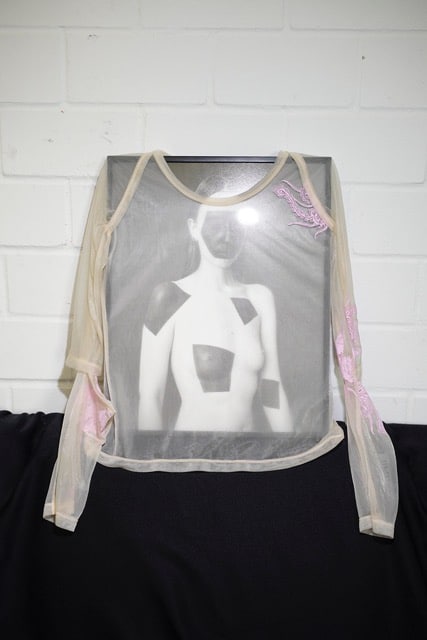
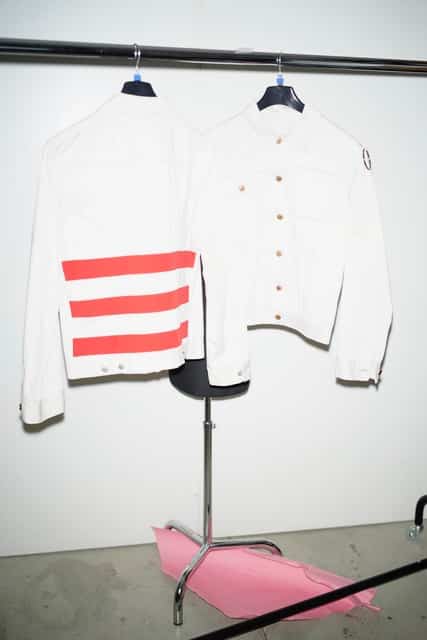
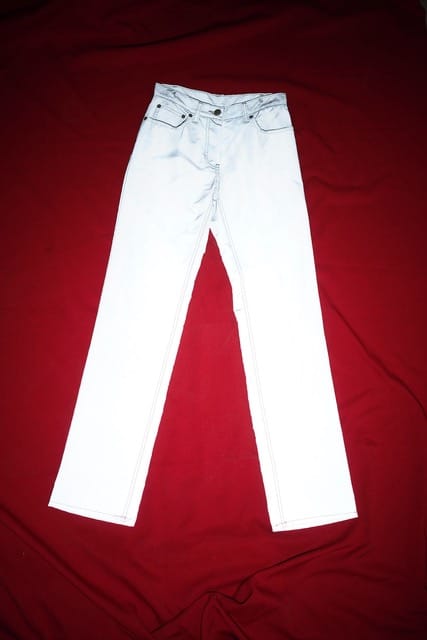
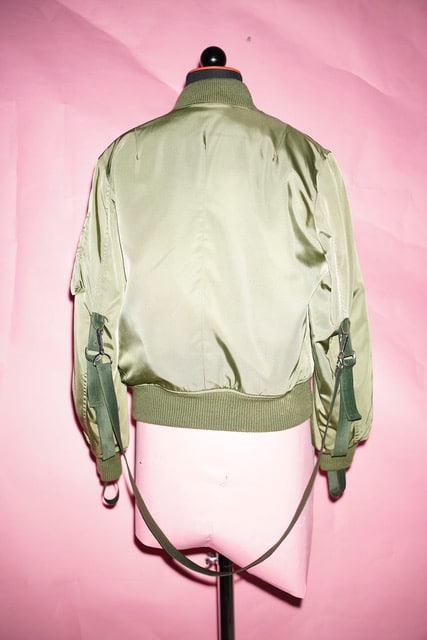
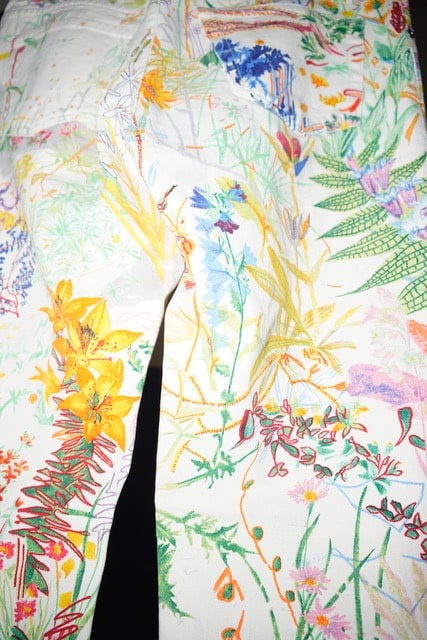
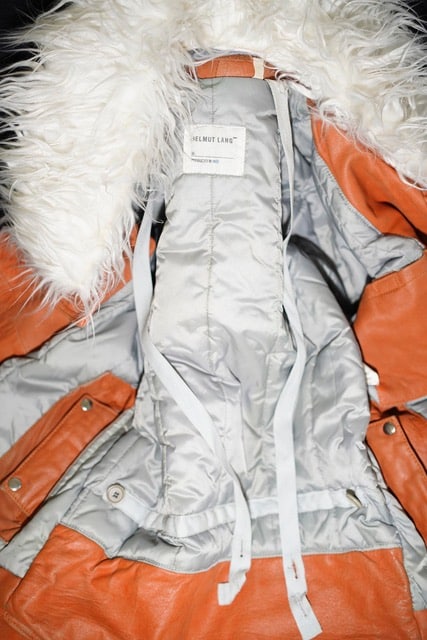
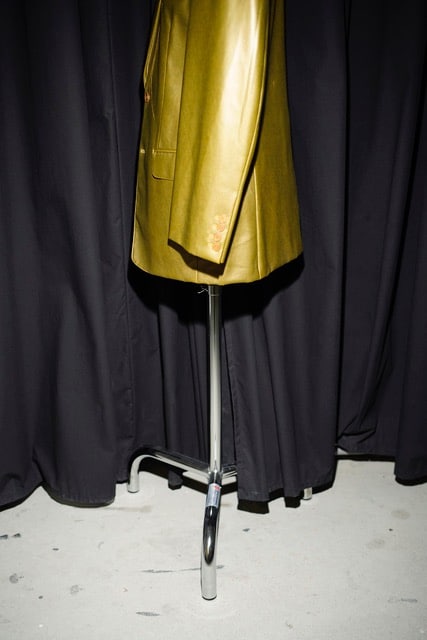
Helmut Lang is adored by many for his groundbreaking aesthetics and his understated designs. Endyma, one of the biggest archives of his original work, is located in Berlin. Numéro Berlin spoke with Michael Kardamakis, its founder, on his passion for Lang and for preserving quality fashion through time.
On top of Michael Kardamakis’s desk, there’s a small toy figure that a magazine invited Helmut Lang among other designers to create for a past toy-themed issue, which Lang modelled after the iconic New York City yellow cab. This object gives us some insight into Kardamakis’s relationship with collecting and archiving designs across objects. He concentrates more on the contextual remnants visible in garments, including past design projects, revealing his unique philosophy towards preserving, storing and uncovering information from objects.
Kardamakis is the founder and head of Endyma, a small fashion archive that specializes in what he describes as Western menswear fashion. Endyma primarily centers on the perspectives of up-and-coming designers advancing well-known Western canonical shapes in fashion. “We don’t do drapes or volume,” he explains, “our stuff is usually workwear-inspired.” Although not all of the designers collected in this archive are from the West, Kardamakis explains that they are individually achieving inspired takes on items such as a shirt or blazer jacket – a garment that is both easily recognizable by its structure and functions as a symbol for modern attire.
Endyma recently established its new headquarters in Berlin’s residential Charlottenburg neighborhood after relocating the archive in its entirety from Athens, Greece. What originally began as a side hobby, where Kardamakis was able to make some extra money reselling clothes from lesser-known designers while completing his art history degree in the UK, has now become the biggest collection of Helmut Lang’s most visionary outputs from 1985 to 2005. At that time, during Kardamakis’s studies, Helmut Lang was not really in high demand or seen as relevant by many. Kardamakis recalls most at that time were into “the trends,” from 2010 and 2014, “such as asymmetrical, layered black clothes with drop crotch pants” – which contrasted the preceding structured and tailored approach in Lang’s (and other’s) minimalistic collections throughout the 90s. The smaller designers of this period were considerably overlooked, with the exception of some industry insiders who understood their influential contributions to fashion.
“It’s been a process of trying to break it down and understand,” why these items were made, and to achieve an awareness of each garment’s history, he says, “this is worth attention and should be studied.” Shortly after acquiring numerous names from this period, Kardamakis became specialized in these designers where he was able to contextualize and analyze the clothes up close as objects of an era – an approach to fashion that he credits as being molded by his degree in art history. He sees himself as a scavenger, as someone who engages with things that have already been made to create his narrative based on his interests and agenda. Kardamakis acknowledges, albeit selectively, the pivotal moments evident in someone else’s body of work.
This line of thinking ascribes a clear role and purpose for the archive, and the archiver’s engagement with recalling information that is stored in the details in fashion collections as time passes, garments age, and so on.
“As far as the artists or creators are concerned, we have our vision of what’s good, which is our signature as an archive,” Kardamakis explains, “it’s a curation process that is personal, meaningful, profitable, and at the same time, a bit cynical. The struggle a designer faces is trying to make something [in fashion] happen,” a struggle that is nonexistent with Endyma he explains, since “we only see finished results.” He stresses that since the collection comprised of commercial products that in a sense already happened, they mostly have to deal with signs of wear and use. The selection process of finding significant moments in fashion by particular designers is a very small part of the work put into maintaining the archive. “We spend all our time working on restoring objects,” he says, “which is not necessarily trying to negate the effects of their age, but trying to negotiate and manage [their process of aging].”
Every item that Kardamakis comes into contact with is aged, and as soon as an object enters the archive, it becomes a moment in time. The archive’s role is to “capture the very moment” and restore the object or find solutions to store the object so that it is no longer subjected to depreciation. The moment Kardamakis is concerned with is connected to technical procedures and their cultural contexts alike. On the technical end, the archive will restore the garment to its most high-grade condition, take a photograph after full restoration, and then store it away in the archive. From a cultural perspective, Kardamakis explains, “fashion is about gestures and nuances.”
Kardamakis illustrates those very moments he is interested in with Endyma through a selection of two uncomplicated white shirts by two different designers. While the appearances of each garment are quite similar, the comparison made evident between each gesture and nuance embedded into their designs are radically complex in application.
While Helmut Lang’s take on while shirts is exemplified by “trying to uncover the textbook definition of a garment,” Kardamakis explains that, “[Lang] works from a very conservative base.” Kardamakis highlights the shape and size of the collar as an example: “He creates a very formal [notion] of a white shirt. The construction of this shirt is about as classic as it gets.” All the information stored in such gestures from Lang is almost invisible to the consumer. Kardamakis then contextualizes the shirt further: “[Lang] is a Generation X designer, this shirt is an ode, almost, to traditional shirt making.” Crossing the shirt is Lang’s signature stripe detail, a black bar that marries a classic shape with Lang’s tack – a modification to any traditional definition and practical advantages of a well-made shirt.
In comparison, Kardamakis goes on to describe a shirt made by Alexander McQueen in 2007. McQueen is known and admired as an edgy designer. “So,” Kardamakis asks, “how do you make an edgy white shirt?” McQueen layers treatments to an elegant white shirt made from a formal fabric for evening wear that also harbors a sort of unprecedented and abstracted harness, “like a gun holster,” he points out. “In both instances,” Kardamakis says that we are ultimately looking at the same thing in form and function, “but we are seeing two [very well-defined and] distinct stickers placed on the same object.”
In other words, how several gestures are communicated when dealt with similar constraints. While we can see the many stages of what happens to a garment’s longevity with age and wear in Kardamakis’ archive, he adds that each object he works with is timeless – unquestionably the prime parameter he strives for with Endyma. Not from the garments’ material substance, but in unearthing various interpretations of a simple form, “irrespective of trends, what [these designers are] doing is rebuilding existing shapes.” he says, “My intention is to see those gestures as a moment in time and capture the original expression of an idea.”

This documentary feels like reliving a time through the eyes of Ono and Lennon.

From April 22 to May 10, 2025, KaDeWe is turning its iconic windows into a public…
Interview by Chiara Anzivino
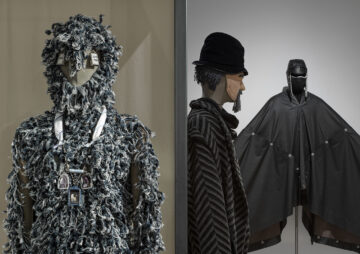
Sometimes, says Italian philosopher and author Emanuele Coccia, we forget that for a long…
Interview by Sina Braetz